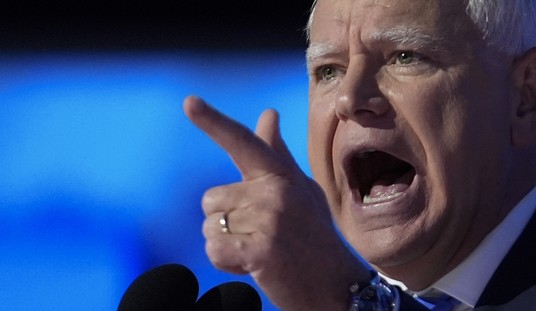I’ve always been skeptical of the practicality of offshore wind power generation. Designing any kind of structure to stand up to the marine environment is a challenge. Each structure must be designed respecting the particular characteristics of the soil at its site. Not only are offshore turbines heavy, an operating turbine generates a tremendous torque which must be compensated in the structural design.
Design is one issue; actually installing and maintaining an offshore turbine quite another. The turbine structures are installed and maintained with the same type of jackup boats that are commonly used in the shallow water offshore oil and gas industry. Liftboats are expensive and present the same safety issues in power generation as in oil and gas operations. On top of everything else, keeping rotating equipment operating and keeping corrosion at bay in a marine environment is a constant challenge.
According to Edgar Gaertner at MasterResource.org, Germany is discovering all of this the hard way.
Barely two months after the inauguration ceremony for Germany’s first pilot offshore wind farm, “Alpha Ventus” in the North Sea, all six of the newly installed wind turbines were completely idle, due to gearbox damage. Two turbines must be replaced entirely; the other four repaired.
Friends of the project, especially Germany’s environment minister, Norbert Roettgen, talked of “teething problems.” The problem is far more serious than that, for wind turbines in the high seas are extremely expensive for power consumers, even when they run smoothly. When they don’t, the problem intensifies. Germany could face blackouts – a new dark age.
Oh, but the power is “as free as the wind”, right?
[By mandate,] Europe’s energy consumers must pay 20 cents per kWh generated, plus an additional 5 cents per kWh for transmission costs. They must pay this regardless of whether they need the electricity at the moment, and despite the fact that a kWh of wind electricity is worth less than 3 cents on the Leipzig Power Exchange, due to the intermittent and highly variable nature of wind.
Gaertner goes on to document Germany’s lack of a Plan B to back up wind as an unreliable source. Barring shale gas developments, they are as dependent (as is most of Europe) on Russia, who is no shrinking violet when it comes to using its vast natural gas reserves as an economic bludgeon. Germany has an aversion to nuclear power, too, having recently announced plans to phase out nuclear power.
Germans are also hostile to the cross-country transmission lines that offshore generation will require.
Environmental economist and meteorologist Thomas Heinzow of the University of Hamburg concludes:
“If all German wind power projects are realized as planned, the country will incur economic losses well over 100 billion Euros by 2030. … The only word that describes this ‘world improvement’ strategy is suicidal.”
President Obama and Interior Secretary Ken Salazar have made offshore wind power generation a centerpiece strategy for America’s green energy future. Why do they think the results will be different here?
H/T Cooler Heads Digest, www.GlobalWarming.org
Cross-posted at VladEnBlog.















Join the conversation as a VIP Member